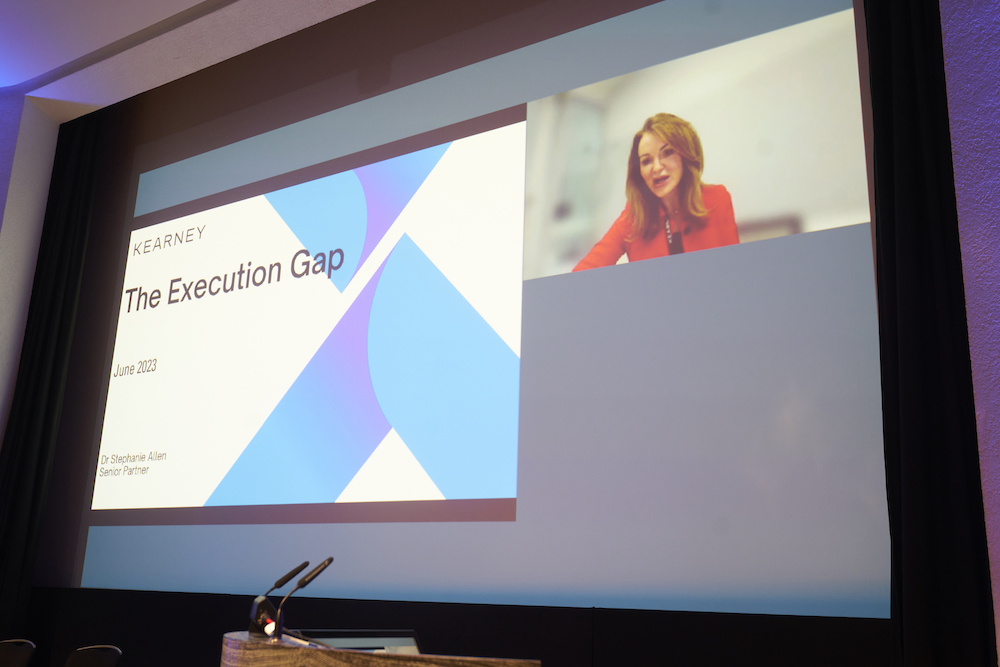The global sustainable development challenge in healthcare
Addressing the health sustainability execution gap – the distance between aspiration and ambition and actual action and outcomes – was the topic of Dr Stephanie Allen’s keynote talk.
When I look at the sustainability agenda in Europe, and in the NHS in particular, you’re definitely leading on environmental impact,” said Allen, who is a senior partner at Kearney Consulting and addressed delegates remotely from Australia.
She said it’s hard to lean into these transformative changes when the day job is “dealing with sick patients in overcrowded emergency wards, or in the day-to-day management of underfunded hospitals with not enough clinical staff”. The challenges ahead, she added, “require us to take different choices and do different things every day”.
She began by tracking where we currently stand in the sustainable space, noting that, on average, in corporate and government sectors, 70 per cent think they are leaders on sustainability.
“The reality is that when we start to apply some rigorous testing around what it means to be a leader in sustainability, only about 16 per cent of those organisations actually are leaders,” Allen responded.
Traits of a leader
In her research, she identified how most organisations fitted into three broad categories –the hygiene group, the benchmark group, and the leadership group. The hygiene group is focused on complying with regulations and standards, and protecting its value. A step up is the benchmark group – described by Allen as the FOMO group, which seeks to meet industry expectations and society standards defined by its peers. At the top is the leadership group, defined as having a noble ambition or purpose to create long-term value using sustainability that is distinctive. 

As an example of the leadership group, she highlighted Patagonia, a US clothing retailer, which states that it’s “in the business of saving our home planet”. This mantra, explained Allen, “drives every facet of the business – from product design to materials used, to programmes for reuse, recycling and repurposing”.
She also underlined that sustainability is increasingly seen as good not only for people and planet but also for profits. To support this, she pointed to comments made by Blackrock chief executive Larry Fink, who said: “We need to increase our focus on sustainability, not just because we are environmentalists but also because we are capitalists – our shareholders require it, our customers will pay for it, employees will choose based on it, and capital markets are shifting because of it.”
Added Allen: “Investment markets for capital will become increasingly inaccessible to organisations that can’t demonstrate commitment to ESG (environmental, social and governance). So, it’s coming at us from all fronts.”
She then introduced the question: What are the traits that leading organisations have that help them bridge the gap from ambition and intent to action and outcome?
Hundreds of research papers exist on this matter, with all generally describing six main traits of leadership group. They are as follows:
- Define a purpose, secure sponsorship and embed it in the core business;
- Focus on adaptation, not just mitigation, and make distinctive choices – areas where you can excel and direct finite resources accordingly;
- Develop a sustainable strategy, not a sustainability strategy. The latter is an add-on rather than embedded as a core business approach that influences every decision you make.
- Build the capability to succeed. Very few senior executives have sustainability experience, so invest in a small, centralised team to drive momentum and outcomes across the organisation.
- Embed ESG metrics into the core business, and supplier and stakeholder networks – 29 per cent of organisations now include ESG metrics in their performance plans; and
- Ignite and invest in your network by building relevant partnerships and committing to joint action and investment with others.
Case studies
Allen then shared some of the insights from her recent interviews with three leaders in sustainable healthcare: Dr Eugene Fidelis Soh, from the public health system the National Healthcare Group (NHG), in Singapore; Dr Karan Thakur, from Apollo Hospitals, the largest private hospital chain in India; and Bertrand Levrat, from Geneva University Hospital (HUG), in Switzerland.
One key trait common to all is the need for a noble purpose or rallying call, said Allen. For Apollo, this is delivering quality healthcare sustainably – and it manifests in the fact that every time it makes a decision, it looks to balance cost, care and carbon.
NHG has also developed a balanced scorecard approach, which helps with transparency of decision-making. Here, aspects such as cost, access, quality, and patient experience are all considered through lens of sustainability. This approach was reiterated by Apollo, which emphasised that environmental and social factors are inextricably linked. It was important to Apollo, for example, to support smaller suppliers in transitioning away from single-use plastics and towards building a fairer supplier network.
All three leaders said there was a major need to focus on workforce design, as well as technology and new models of care. Bertrand explained how he had been trying to introduce more flexible working among administration staff, but they had been quite resistant to change. Through sustainability, he was able to gain some engagement on what had been seemingly intractable. Now he has more than 300 staff on flexible contracts, providing 24/7 coverage and often working from home. He also has around 200 cooks committed to delivering carbon-free meals, plus a raft of staff on light duties patrolling the building, turning off lights, computers, and turning down air conditioning.
Orchestrator of change
In creating this “culture of sustainable stewardship”, the most effective leadership style is that of “an orchestrator of adaptive change”, not “a heroic leader”, explained Allen.
Another strategy is the introduction of cascading key performance indicators, from the board all the way through to the front line and, sometimes, ecosystem partners. There is a focus, too, on sustainable systems in job descriptions and performance reviews. A small number of transformation officers and multidisciplinary teams sit across the sustainability and transformation agenda, which helps to knit together and cluster business cases to make a compelling case for change, Allen added.
However, healthcare and health professionals cannot do this alone, warned Allen. There is a need for an ecosystem of partners to make these changes, which might involve a carbon-neutral energy grid; community incentives for making more sustainable choices; and partnering with the private sector on early implementation and prevention programmes to keep communities healthy.
And they admitted that their journey in this space is only just starting, as they don’t have the right mechanisms in place currently to address those shared risks, shared implementation, shared investment and shared outcomes. Such levers that could support them on this mission include shared value models to enable them to share the benefits accrued; mutuals; or resurrecting some form of social impact bonds.


